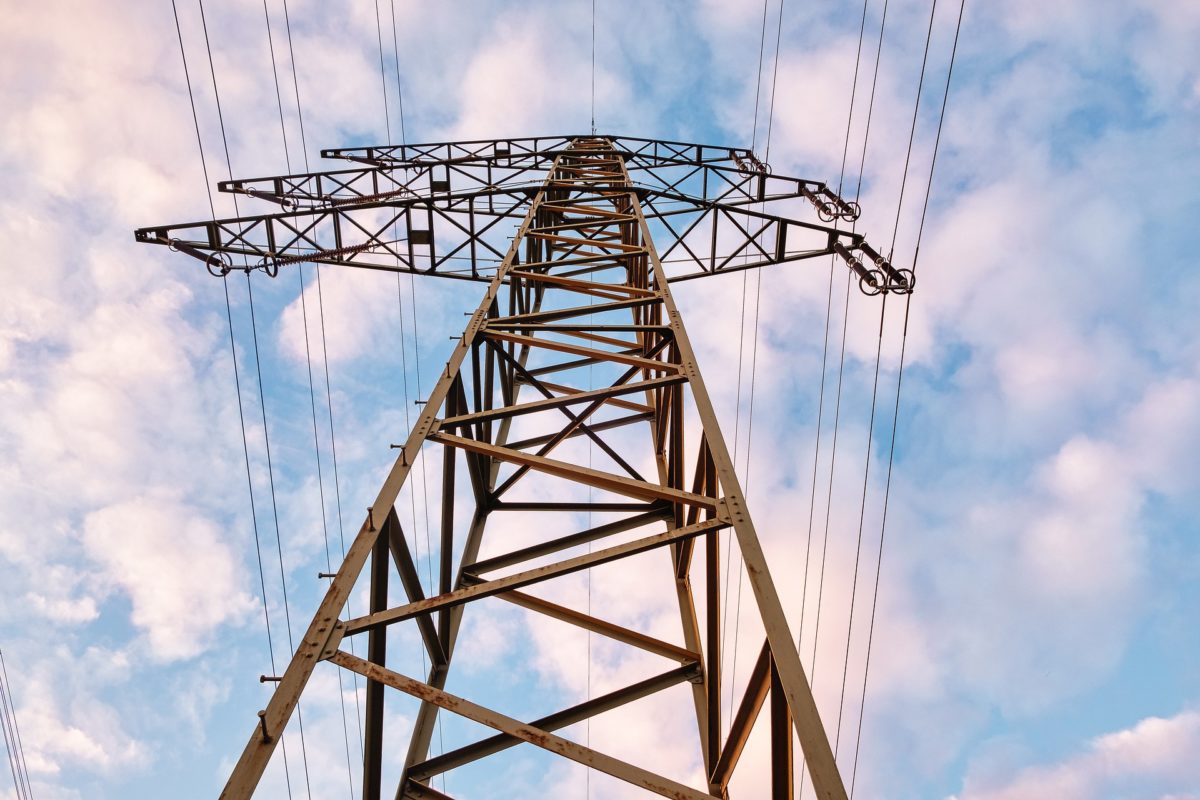Interconnection is an “urgent problem that threatens to become fatal for more and more companies each passing year,” said Jason Burwen, vice president of policy and strategy for GridStor, in a LinkedIn post. GridStor develops and operates large-scale battery storage projects.
And interconnection backlogs for utility-scale renewables and storage are “a problem for the entire clean energy transition,” he said, “not just the individual companies looking to do the work.”
Interconnection reforms proposed by the Federal Energy Regulatory Commission, involving cluster studies, developer readiness milestones, and study deadlines, “remain in limbo nine months after first being published,” Burwen said. FERC currently has two Democratic and two Republican commissioners, and one vacant commissioner position.
The proposed FERC reforms will “likely require” multiple years to fully implement, “presuming they stand up after the inevitable litigation” that will follow the order, Burwen said. He quoted FERC Commissioner Allison Clements as acknowledging earlier this year that the proposed reforms are “incremental.”
Meanwhile, leaders of some grid operators are making the case for pausing the planned retirements of fossil power plants, “many of which will pass 50 years in service,” because of the “interconnection dilemma,” Burwen said. The PJM Interconnection grid market has asserted that the pace of fossil power plant retirements must slow down to avoid reliability problems later this decade, he said. The Midcontinent System Operator’s CEO John Bear “has made similar assertions,” Burwen said, and “it appears lawmakers in Indiana are seeking to slow or stop fossil retirements as a response.”
In California, “quick fixes” proposed by grid operator the California Independent System Operator would “winnow the interconnection queues so they could move faster,” Burwen said. Some CAISO proposals “may prove existential for some businesses,” he said, such as auctioning off scarce interconnection opportunities or “outright refusing to consider projects outside (yet to be described) priority zones.”
The solution “seems to be to push down demand to match available supply,” he said, “yet these rationing mechanisms are contrary to the principle of open access to transmission, which is the foundation for competitive electricity markets.”
Billion-dollar gift, Manhattan Project
Burwen said he hoped that a “simple, blunt answer can speed things up starting right now,” suggesting:
- A gift of $1 billion to grid operators to attract staff with salaries that outcompete industry “and bring on armies of consultants” to conduct interconnection studies, in exchange for meeting strict timelines for completing the studies.
- An effort like the Manhattan Project to “digitally twin” the bulk power system to allow “quick, reliable interconnection studies.”
- A federal fund for all interconnection and upgrade costs below a resource-specific threshold.
These ideas “may sound fanciful,” Burwen said, “but if the U.S. can put the lion’s share” of the Inflation Reduction Act’s $370 billion, “maybe more like $1.2 trillion,” into renewables and storage deployment, “then we need to imagine actual near-term ways” to interconnect all those projects, “and fast.”
Asked how GridStor is weathering interconnection delays, Burwen said that GridStor is “as concerned as other industry members that interconnection processing times have become very long, and we urge much needed reforms at the Federal Energy Regulatory Commission (FERC) and elsewhere.” As for GridStor itself, he said the company “enjoys a favorable capital position that allows us to be both patient developers and take well-timed actions in acquisition.”
This content is protected by copyright and may not be reused. If you want to cooperate with us and would like to reuse some of our content, please contact: editors@pv-magazine.com.








Is there a way being set up to – redirect – the IRA and BIL funding for more effective, efficient, flexible design production and distribution of solar energy – away? from the – only – model used in planning or even speaking about solar energy now?
Microgrid looks better and better. I would ask, start using short lines from distribution centers, inside cities’ residential, industrial, government district customers, fitted for their needs, run, upgraded, maintained by local workers, the way Microgrid could do it. (Storage and “built surface” and “Tower” vertical collection infrastructure for dense population and buildings, high latitudes, low angle light, winter). Solar has not been the problem. Someone insisting on holding everything from moving forward, to ensure that commercial utility scale US and transnational financiering and developer corporations remain in control in their monopoly position, is the big hold up. Which has less and less to do with improved resilience of engineering, reliable affordability for customers, training for useful career employment, and supplying energy without shortages or interruption. And all that, without having to scrape ecosystems.
I believe stopping everything to accommodate our DOI 1872-1976 era business model, is our problem. Ask Congress to change the ways money for the Treasury can be made. Change the BLM’s job. “Regional” power doesn’t doesn’t have to mean a network of 2 or 3 mega corporations – it can go back to meaning good management of regional interconnectedness of valuable, essential natural systems.